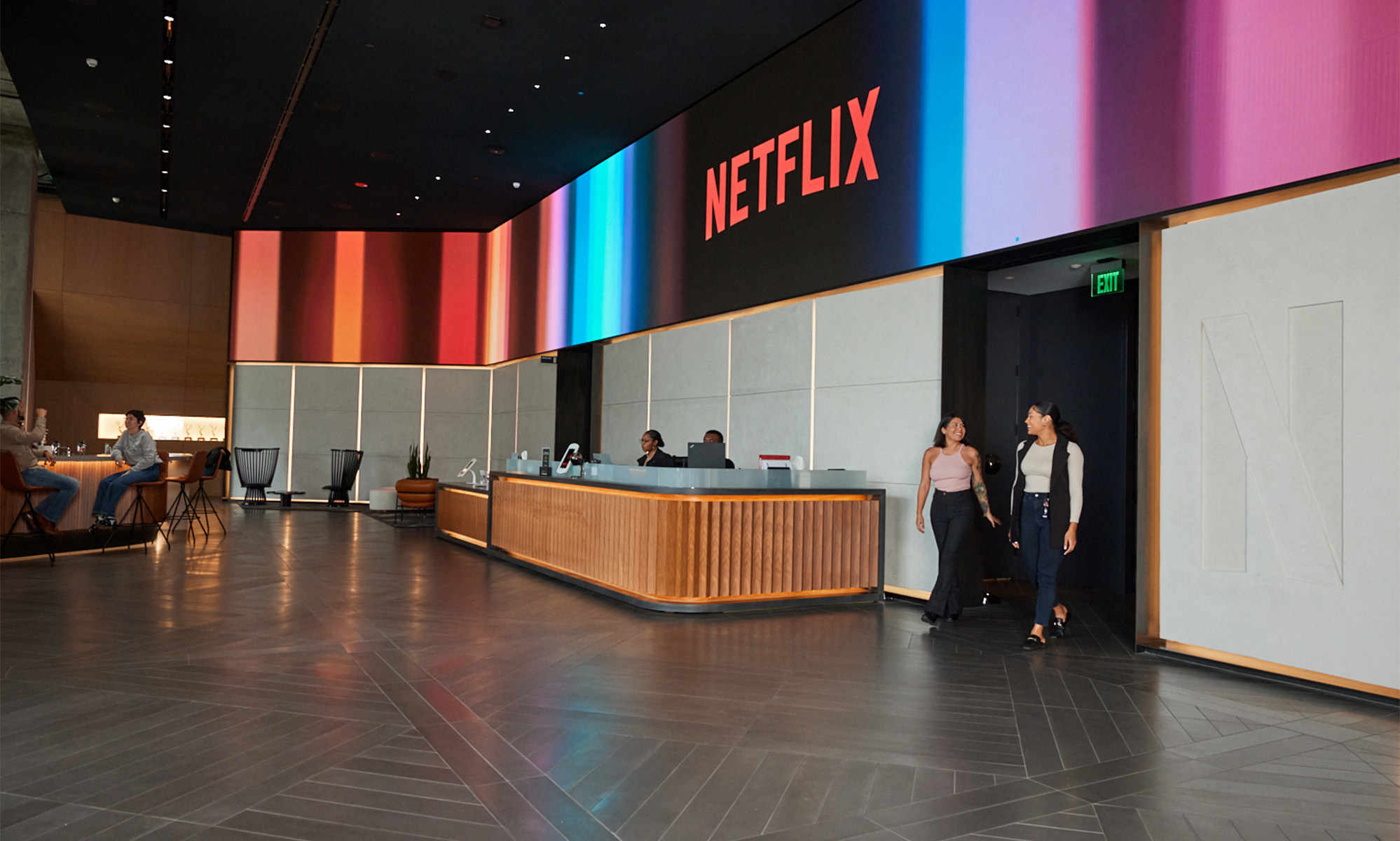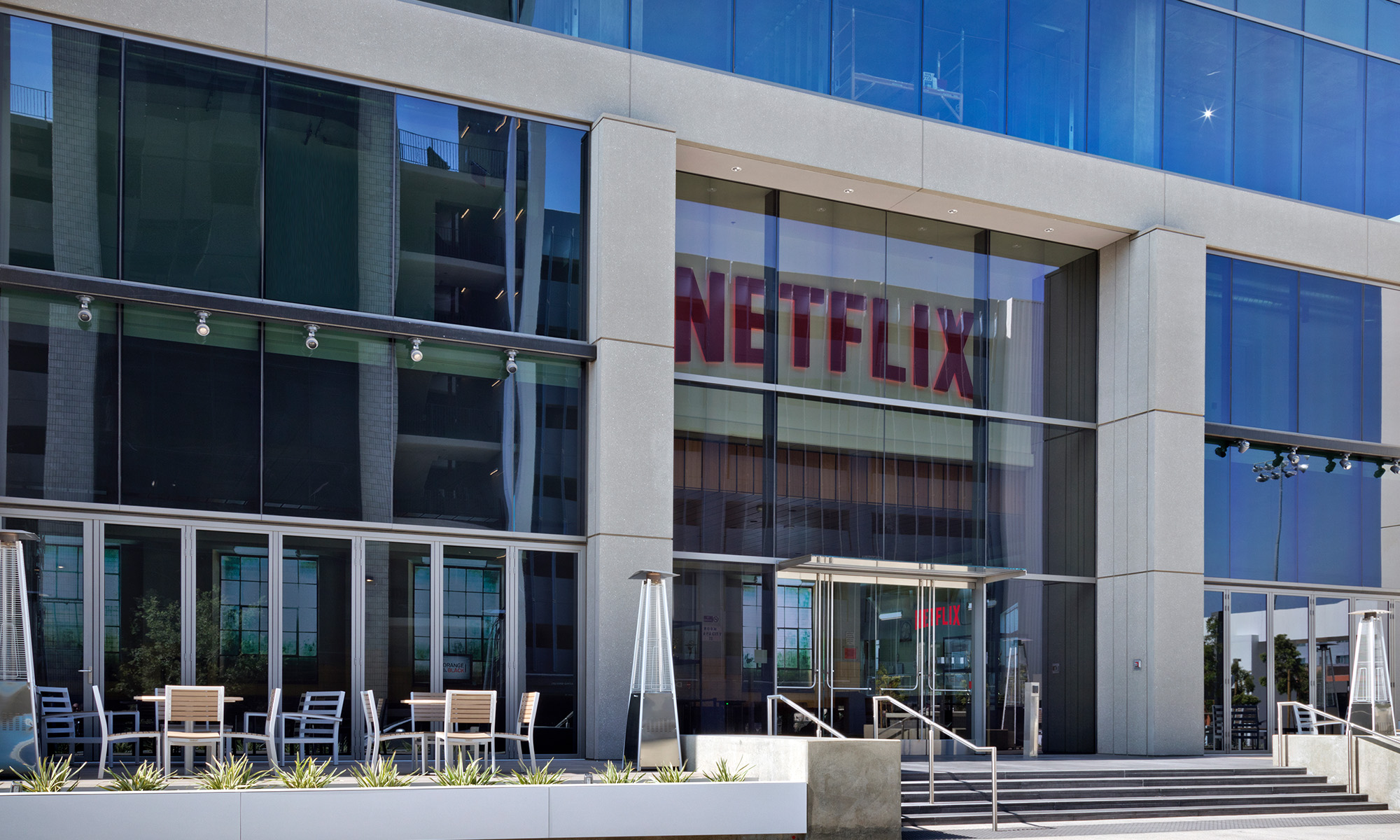Since first introducing its streaming service a dozen years ago, the rise of Netflix (NFLX 0.08%) as a streaming powerhouse has been nothing short of phenomenal. The company has gone from 7.5 million subscribers and $300 million in revenue in Q4 2007 to more than 158 million global subscribers and revenue of $5.2 billion in Q3 2019. At the same time, its stock has risen more than 7,000%.
The over-the-top market has gotten much more competitive in recent years. Gone are the days when Netflix was the only streaming game in town, and the coming year could arguably be the company's most challenging yet. A recent survey reveals a few troubling factors that could cut into Netflix's dominance and challenge its future growth prospects.

Image source: Getty Images.
A bump in the road
During the second quarter of this year, Netflix reported far slower subscriber growth than it anticipated. Even more troubling, however, was the fact that its U.S. subscriber rolls contracted for the first time since 2011, when user count slumped on the heels of the Qwikster fiasco. A recent survey sought to pin down the reasons for the rare customer defections, and some could spell trouble for the streaming pioneer.
Kill the Cable Bill surveyed Netflix customers that canceled their subscription since April to find out why. These lapsed subscribers were asked to pick from a list of reasons, choosing all those that applied. Forty-nine percent of the 1,005 respondents said the most recent price increase was the biggest factor. This seems to support the results of a previous study that revealed that 24% of those surveyed said Netflix had gotten "too expensive," leading some subscribers to cancel.
Former customers cited other reasons for abandoning the streaming giant. Forty-two percent complained about Netflix's current content slate, while 40% said they were leaving for other streaming services. Additional reasons cited included a lack of movies (22%), having their favorite show canceled (14%), and too many Netflix originals (13%).
These weren't just trial members, either, as most of those that canceled were longtime subscribers of the service. A whopping 63% of respondents had been customers of Netflix for more than one year, while another 14% had been with the service for between seven and 12 months. When asked if they planned to sign up with Netflix again in the near future, 58% said they were unsure, and 25% said no, while 17% said they had plans to return.
A much more competitive market
Just this month, two Netflix rivals launched competitive services. The speculation is that these launches may siphon off subscribers from the streaming leader over the coming months.
Apple (AAPL +0.33%) rolled out Apple TV+ on Nov. 1, but with only about a dozen programming choices (as of this writing), it will likely have a minimal impact on Netflix's subscriber base. The iPhone maker will no doubt be expanding its library of content in the months and years to come, but it currently doesn't offer much bang for the consumer buck and that is reflected in it's much lower monthly subscription price. Don't count Apple out, though, as the company has a massive balance sheet to bring to bear.

Image source: Disney.
Disney (DIS 2.77%) debuted its long-awaited streaming service, Disney+, on Nov. 12, and while the platform experienced some initial glitches due to the overwhelming demand, the company announced that it exceeded 10 million subscribers during its first day of availability. A number of factors contributed to the extraordinary demand, not the least of which was the company's large library of well-loved content. Disney+ launched with some 7,500 television episodes and over 500 movies, which includes programming from each of the company's successful studios (Marvel, Pixar, Lucasfilm, Disney, and Disney animation), as well as recent additions from Fox and National Geographic. There's also a huge nostalgia factor when it comes to Disney, as many children who were raised on the House of Mouse now have kids of their own.
The story is still being written
The arrival of other choices -- like Apple TV+ and Disney+ -- combined with Netflix's recent price hike may turn out to be a one-two punch that costs the tech giant dearly going forward. The survey results indicate that ex-subscribers' reasoning lines up well with these two factors. However, it's important to remember the old adage: The grass is always greener on the other side of the fence. Viewers are no doubt interested in sampling the offerings of the newest additions to the streaming wars, but some of them will likely find their way back to Netflix.
The big questions will be how many, and how long will it take?








